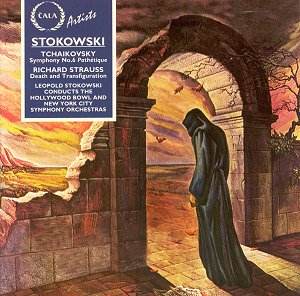 Composer: Franz Joseph HAYDN
Composer: Franz Joseph HAYDN
Works: String Quartets, Op 17
Performers: István Kertész (violin), Erika Petöfi (violin), Péter Ligeti (viola), Rezsö Pertorini (cello)
Recording: DDD, recorded 16-19 December 1993 (Hob.III.27/29/30) and 12-15 March 1994 (Hob.III.25/26/28) in the Bibliothèque des Techniques, Budapest, Hungary
Label: ARCANA A412
The String Quartets, Op 17, by Joseph Haydn, composed in 1771, are pivotal in the trajectory of the string quartet genre, marking an evolutionary moment in which the composer began to assert a distinctive voice within the form. These works sit in a historical context just before Haydn’s more celebrated Op 20 quartets, created during a period of burgeoning creativity that also saw the emergence of his ‘Sturm und Drang’ symphonies. The Op 17 quartets, while less frequently performed and recorded than their later counterparts, provide critical insight into Haydn’s developing style, characterized by a blend of innovation and, at times, a reliance on conventional structures.
The Festetics Quartet approaches this recording with a commendable finesse, though their interpretative choices occasionally seem overly restrained. This reticence can be particularly evident in the more energetic opening movements, where one anticipates a bolder delivery to match Haydn’s often surprising rhythmic and melodic turns. For instance, the first movement of the E major quartet (Hob.III.25) features a playful dialogue that calls for a more spirited execution; the ensemble’s elegant restraint diminishes the inherent vivacity of Haydn’s writing. The juxtaposition of the first violin’s melodic lines against the accompanying voices highlights a dynamic tension that is sometimes lost in their interpretation.
The technical execution of the quartet is generally polished, with the players demonstrating an impressive command over their instruments. However, the interplay between the instruments occasionally defaults to a formulaic approach, particularly in passages where the cello doubles the viola or the first violin’s lines, reminiscent of orchestral textures rather than the intimate conversation typically found in chamber music. This is particularly noticeable in the C minor quartet (Hob.III.28), where the first violin’s virtuosic passages could benefit from a more assertive underpinning from the lower strings to create a fuller, more engaging soundscape.
Sound quality and engineering play a significant role in this recording. The intimate acoustic of the Bibliothèque des Techniques captures the nuances of the performance, allowing for a rich tonal palette. However, the overall balance sometimes favors the upper strings, which might obscure the contributions of the viola and cello in moments of harmonic complexity. The recording’s spatial quality enhances the listening experience, yet one longs for a more pronounced presence from the lower voices to achieve a more holistic sound.
Comparing this recording to others, such as the Kodály Quartet’s interpretations on Naxos, reveals a stark contrast in energy and engagement. The Kodály Quartet brings an infectious exuberance to the same works, emphasizing the rhythmic vitality and emotional depth inherent in Haydn’s compositions. Their approach serves as a reminder of the potential for these quartets to shine with vibrant character, contrasting with the more subdued elements of the Festetics’ interpretation.
Haydn’s Op 17 quartets, while reflective of a composer still exploring his voice in the genre, encapsulate a blend of charming simplicity and unexpected complexity. The Festetics Quartet presents a thoughtful, if sometimes cautious, rendition of these works. Their technical proficiency and sensitivity shine through, yet the interpretation occasionally lacks the vigor and contrast that could elevate the performance. This recording is a valuable addition for those interested in Haydn’s development as a composer and the evolution of the string quartet, yet it ultimately leaves an impression of unfulfilled potential.



